The story of the year in afterschool STEM learning just might have come out this week in Washington, DC. At the National Press Club, people from all corners of the afterschool STEM world gathered to learn about STEM Ready America, a new report on afterschool STEM that effectively defines the national paradigm for activities in the field. Program leaders and policy thinkers, corporate and non-profit executives and funders, STEM educators and researchers from all levels discussed, reviewed, and enthused about the rich combination of research, examples from the field, and recommendations for action.
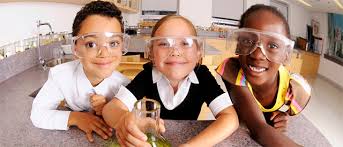
Funded by the Charles Stewart Mott Foundation, STEM Ready America is a project of STEM Next, a national leader in studying and promoting informal and out-of-school STEM learning housed at the University of California, San Diego. Researchers at Harvard University and Texas Tech University collaborated on the work, which involved over 1,600 participating students and 160 programs in 11 states.
Findings from STEM Ready America might mean exciting things for the learning and life prospects of students going through afterschool STEM programs.
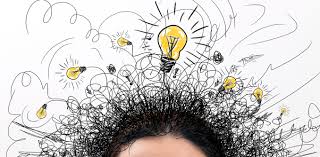
- 72 percent of students reported an increase in their perseverance and critical thinking skills.
- 73 percent reported an increase in their personal belief that they can succeed at science.
- 78 percent reported a positive change in their interest in science.
- 80 percent reported a positive gain in their science career knowledge.
The report features articles taking three general angles of approach to afterschool STEM learning: the evidence for what happens, how to create a constructive environment, and examples of effective programs.
The section about evidence documents the benefits and accomplishments of afterschool and summer STEM programs. Articles look at how and what kind of research is conducted, what the results say about effects of afterschool STEM programs, and implications for policy and funding decisions. Highlights include a discussion of how Next Generation Science Standards relate to out-of-school STEM curricula and learning and how informal STEM education positively influences students‘ opinions and achievement in their formal STEM classwork.
Different states and localities take different paths to afterschool STEM success. Surveying work in Oregon, Indiana, Nebraska, and New York, articles in the section on afterschool STEM learning environments highlight effective, large-scale approaches. Cross-sector partnerships are key, for example, in Oregon and Indiana, while Nebraska has focused more on community-based efforts. And “STEM ecosystems” have grown from California roots to a national phenomenon, demonstrating how important it is to ground programs in local needs and resources.
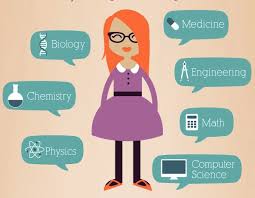
Exemplary programs show how adaptable and effective afterschool STEM programs can be. In descriptive, narrative, and analytical terms, these pieces showcase the variety of successful approaches educators have taken. From technology to girls in STEM to minorities and low-income groups to career guidance to STEM and the arts, these programs demonstrate the rich bounty of programming that is possible to deploy within afterschool STEM efforts.
As the report makes clear, STEM learning is a natural fit for out-of-school programs. Kids can get out of class and into real-world settings, whether natural or designed, where up-close encounters with STEM activities make them see the relevance of what they’re learning. With lower stakes attached, kids can try far-out, unfamiliar tasks without fearing dire consequences for failure. And exercising their brains (and bodies) in summer STEM programs reduces the learning loss that can take place between school years.
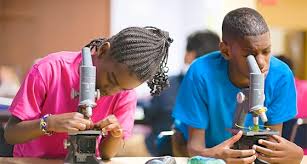
These are all things people have seen and studied in local settings, but STEM Ready America amasses the evidence – quantitative and qualitative – to support these arguments in any afterschool context.
Take a look for yourself. You’re sure to find something that speaks directly to your long-held hopes or actual efforts in informal STEM learning.
Author: @ericiversen
For breakfast today, I finished my daughter’s bowl of multi-grain Cheerios and banana with peanut butter, then moved on to a bagel with cream cheese and the usual two cups of coffee.
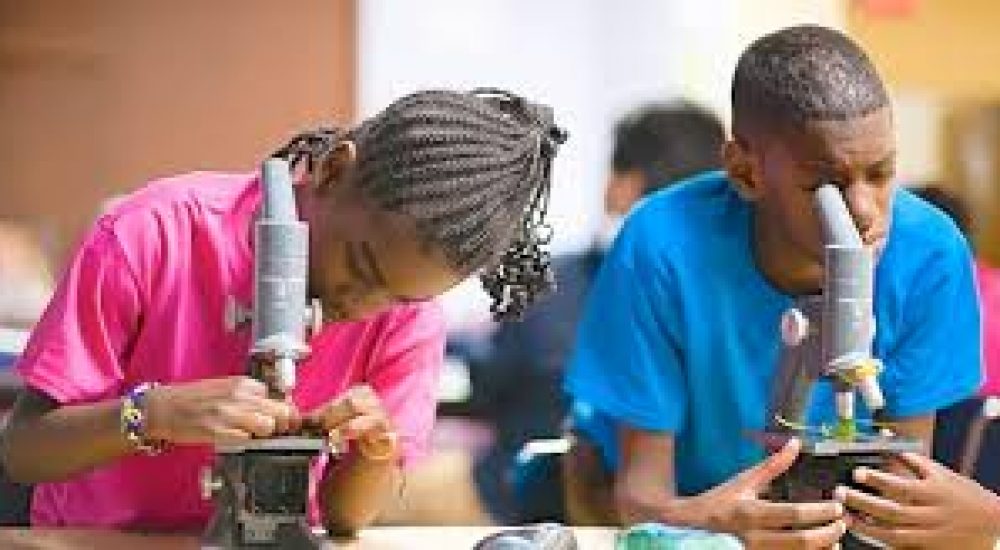
Sean Ryan
Amazing work!
Eric Iversen
This report is really impressive. And useful. There just isn’t that much reliable research data on this topic, and this helps advance our understanding in a meaningful way.